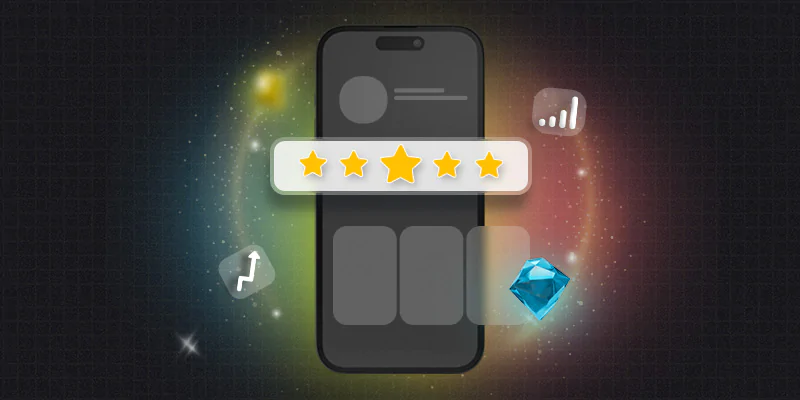
The mobile marketing industry is no different to any other when it comes to the rise and fall of trends. There are app trends just like there are fashion and food trends. Getting your app featured in the Trending categories in the app stores is a great way to boost your ASO and downloads.
Global revenue from mobile apps is projected to hit $613 billion by 2025, according to Statista. In 2020 it was $318 billion, which means in just five years it’s expected to nearly double. In 2021, there were 230 billion new app downloads across all app stores – 435,000 a minute. This exponential growth indicates one thing – there is so much opportunity for apps to expand and for new ones to emerge. However, amidst all of the competition to get to the top, which apps are most trending?
Throughout this article, we’ll take a look at the best apps 2021, app trends 2021, and which mobile app trends we expect to see in 2022. The latest app trends are an indicator of what’s to come this year. Here’s our 2021 analysis and 2022 forecast.
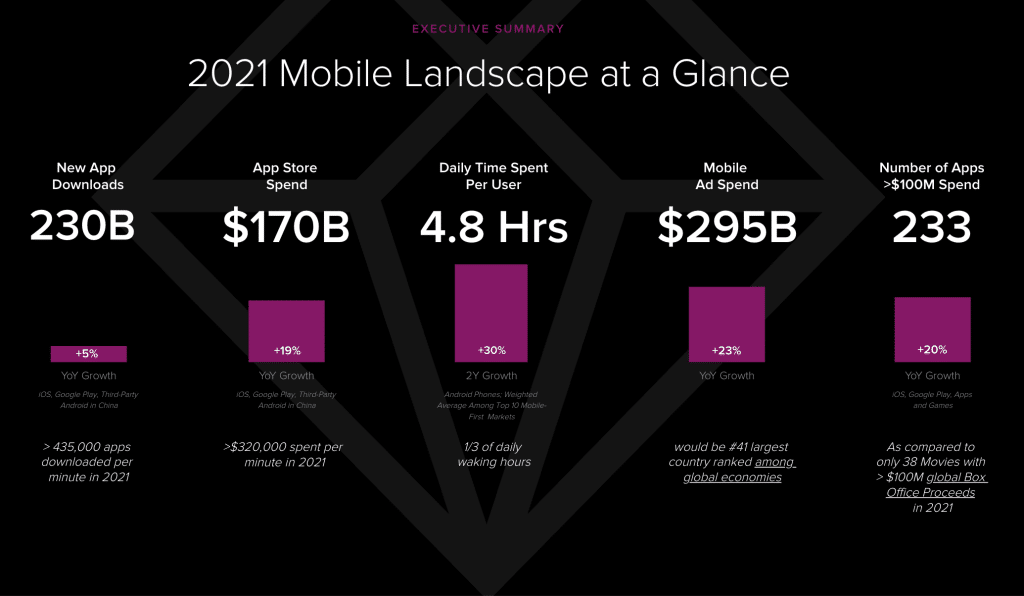
Why it’s Important to Understand App Trends
The most successful apps are ones that solve user pain points/problems, meet user needs, offer a high-quality user experience and prioritize innovation. In order to provide any or all of these elements, understanding and following current trends is crucial. These trends can relate to the technology behind the app, the user experience within the app, or general app category trends. Implementing all relevant trends into your app will help to quickly grow your app.
Are you in need of a Mobile Marketing Agency?
Our mobile marketing experts are here to help you achieve success.
2022 App Trends
The last few years has seen the emergence and increased popularity of technologies ranging from augmented reality (AR) to 5G. These will likely seep their way more into the app-sphere in 2022, reflecting their growing importance more generally. What’s more, we’ve been moving further and further into a mobile-first world for the past decade, and we’re now at a critical stage where people are turning to their phones to do almost everything – shop, learn, access new info, communicate, design, and more.
5G
5G is becoming more and more common to the point where it will likely soon become the new standard that people won’t expect any less than (who remembers the days of only 3G?). Technology companies have dived right into 5G. You should ensure your app supports 5G now, before you’re left behind or excluding an entire group of 5G users.
What does 5G mean for apps? It means increased speed and efficiency, which can be up to 100x faster than 4G. Once upon a time the speed of 3G was our normal, and nobody complained. Then 4G came along and it’s hard to imagine a world where 3G was commonly accepted without constant impatience. As soon as more people are introduced to the speed of 5G, who’s going to want an app that only supports 4G?
App categories that will benefit the most from increased speed are definitely Live Video, Streaming and Cloud (in the case of transferring data).

Augmented Reality (AR)/ Virtual Reality (VR)
Statista predicts that the global AR/VR market will hit $209 billion in 2022. In short, it’s one to watch and the next year is pivotal. AR/VR has the potential to revolutionize so many app categories, such as mobile gaming, e-commerce and travel. It provides yet another opportunity to personalize the app user experience (notice a trend here?) whether that entails virtually trying on clothes, filming a video with a Snapchat filter, or using virtual backgrounds in your Zoom calls.
Essentially, AR/VR apps allow for a more immersive app experience.
Interested to know some familiar apps that famously utilize AR? Think Pokemon Go, Ikea (when it lets users test how furniture will look in a room), or RayBan (when it lets users virtually “try on” glasses).

The expansion of AR/ VR in apps is coming from the likes of the big players such as Google. Google has recently introduced a Live View feature into Google Maps, which allows users to see the live street direction.
Currently, there are over six billion daily AR interactions on Snapchat alone. This data showcases that AR is already in full app-swing and will evolve even further as 2022 progresses.
Are you in need of a Mobile Marketing Agency?
Our mobile marketing experts are here to help you achieve success.
AI and Machine Learning
Personalization is a key part of all marketing arenas. Whether that’s web, mobile, email and beyond, it can be the difference between marketing successes and marketing flops. AI and machine learning can be used to offer more personalized in-app user experiences.
Already, AI is used in navigation apps, speech recognition, and more. Or, have you ever received a request in your banking app to approve a certain action because it’s out of line with your usual activity? That’s a behavioral algorithm at play. It has spent time analyzing your user behavior and can begin to identify when something doesn’t add up. In this way, AI and machine learning are perfect for improving the security of mobile apps.

Food & Drink
In 2021, sessions in Food and Drink apps reached 62 billion. This was almost certainly expedited by the pandemic.
It revealed itself that when it comes to Food and Drink apps, users tend to search for branded keywords, which means brand awareness is a key element to focus on when strategizing going forward. Users are searching for what they want, so make sure they know what they want is your app. The UK, US, and France, all established markets, saw branded food delivery keywords ranked among the top terms.
However, in other markets, more generic keywords such as “food” and “delivery” increased, meaning the ASO opportunity to compete for these keywords shouldn’t go amiss. “Food” ranked as the top keyword in Canada, Mexico and Australia, indicating that Food & Drink apps are a trend to get on board with as the year progresses.
Apps such as meal kit and restaurant deliveries were on the rise, as were grocery delivery apps. People preferred shopping for groceries online rather than entering physical grocery stores, which is a habit that will inevitably continue even as the pandemic settles down.
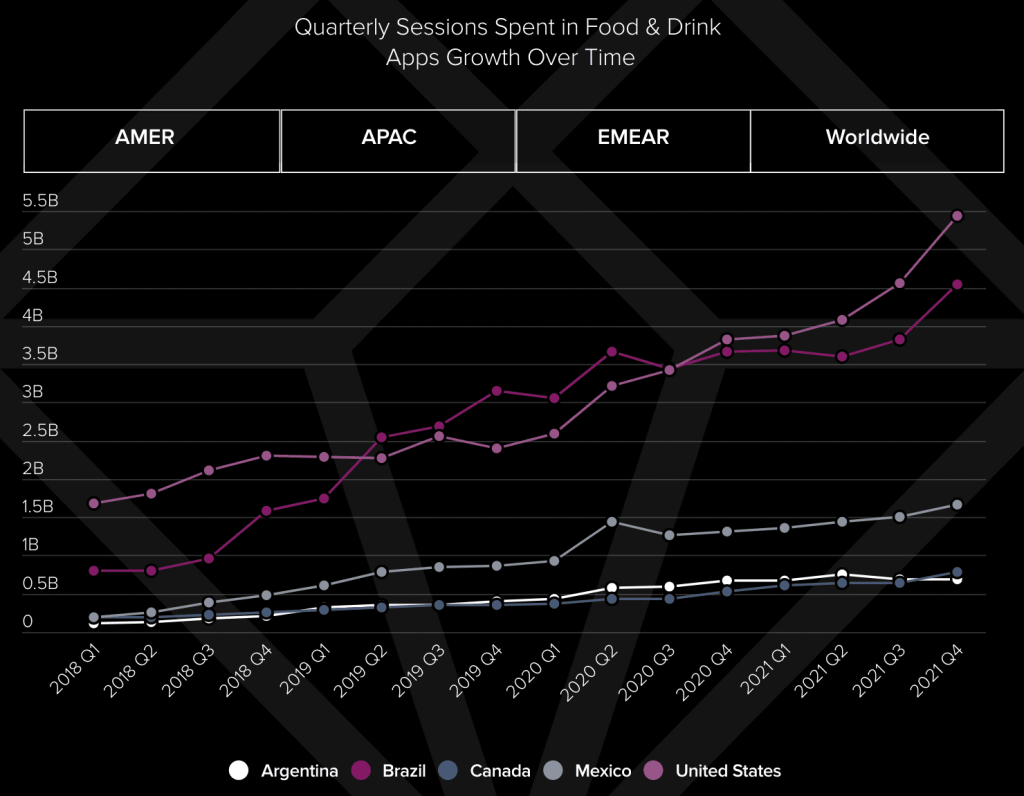
Mobile Commerce
In the same vein as food delivery turning more to the mobile sphere, so too has general commerce. Online shopping has become the method of choice for many shoppers, so bringing an app into the mix is the only natural thing to do. Mobile commerce is the process of online shopping via a mobile app. There is no more accessible way to bring shopping to consumers than via their phone, which usually never goes everywhere with them.
If you’re a retailer, it’s never been more pressing a time to create a native app for your consumers. The mobile commerce market will hit $22 billion this year, and engagement, conversions, and revenue have all been growing at rapid rates.
E-commerce companies that haven’t adapted to our mobile-first world are the ones being left behind. Don’t let yours fall into this category.
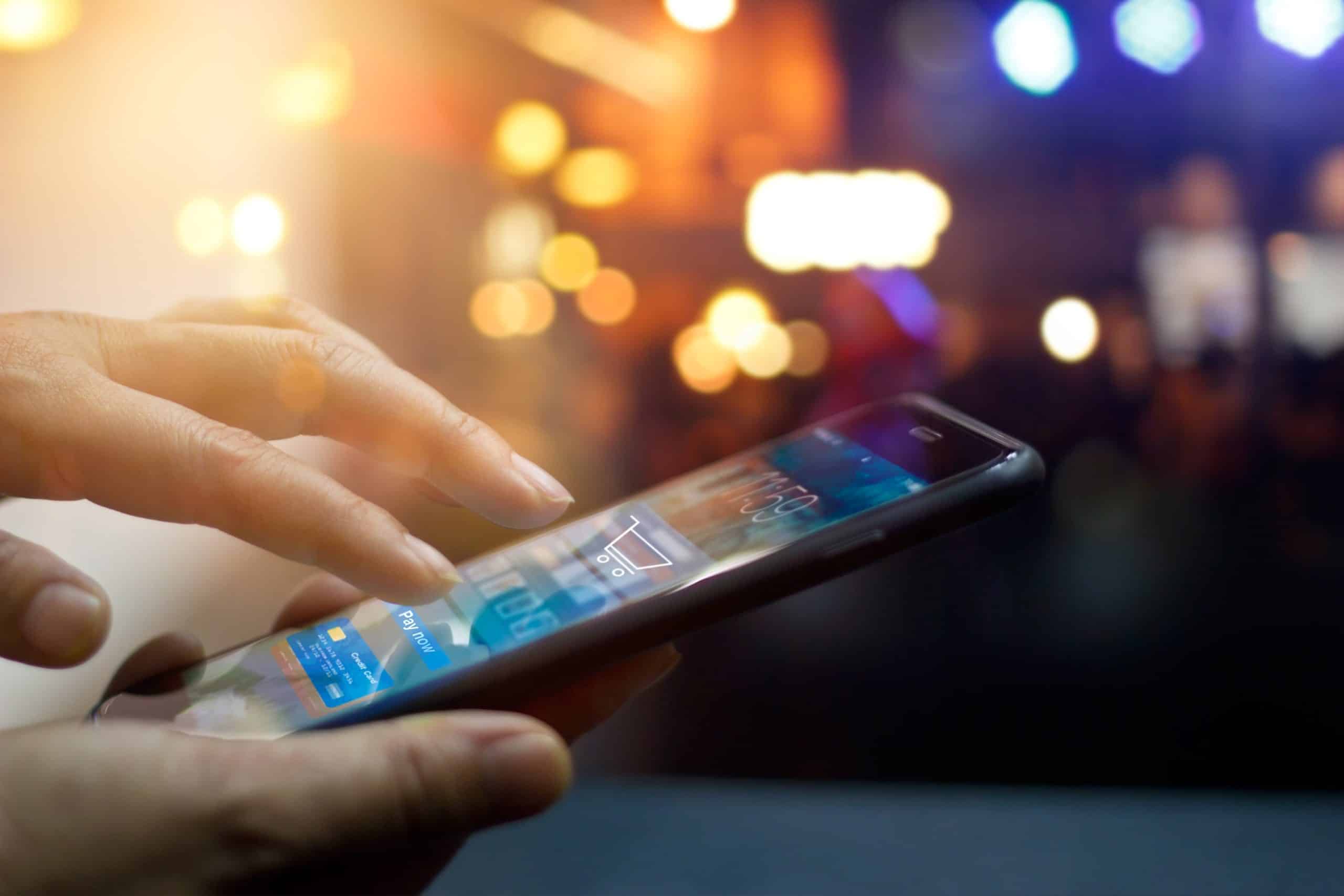
Mobile Gaming
The mobile gaming industry is growing at lightning speed. There are over 159.1 million mobile gamers in the US, which comprises 89% of all US digital gamers. This showcases that people’s phones are the device of choice when it comes to gaming. In both the iOS and Google Play app stores, Games comprised 15% of all 2021 new app releases. Most of the top grossing apps in 2021 were Games.
The appeal of mobile gaming lies in the permanent accessibility, on-the-go element and lack of necessity for expensive gaming equipment, which can be inaccessible or unwanted. Mobile gaming can be anything from a competitive activity to a waiting room time-filler. Our access to good connectivity, bigger screen sizes and better hardware make on-the-go gaming still a premium experience.
What’s more, we’ve already talked about the growing AR, VR and AI trends in the mobile app industry, and they’ve certainly seeped their way into mobile gaming. They help mobile games become a much more immersive experience for players. Games such as Roblox grew in consumer spend in 2021 in part due to offering console-like-graphics.
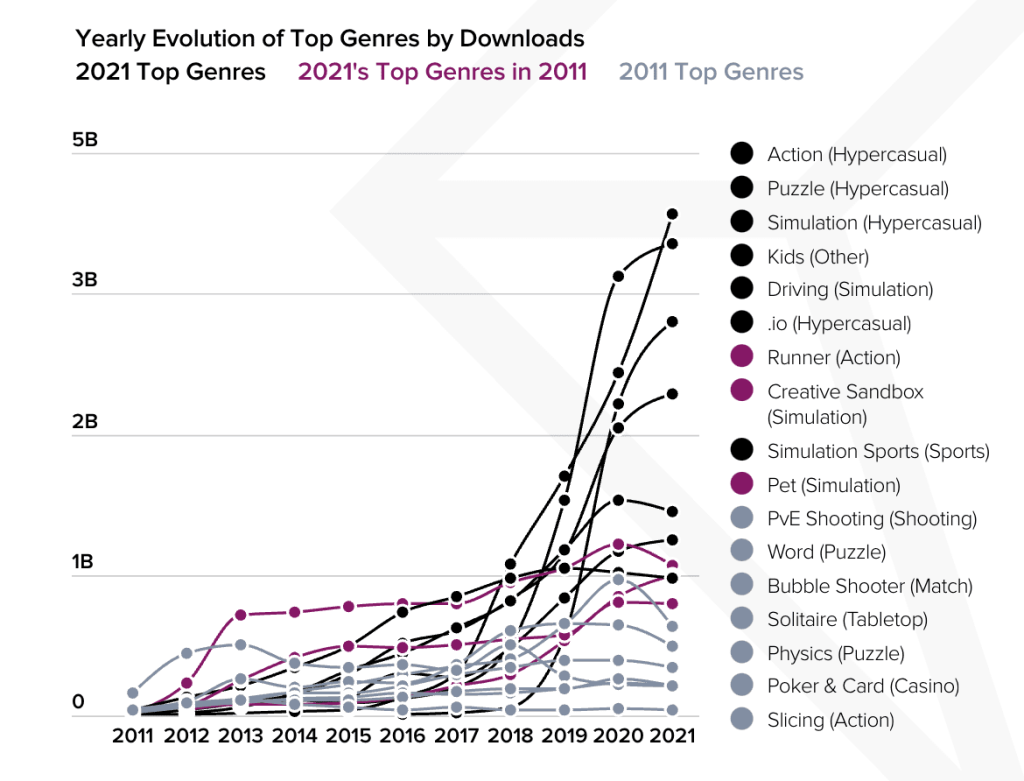
Also, in a world that’s increasingly mindfulness focused and welfare oriented, any apps that can act as a therapeutic escape and mental health aid are on the up. That includes mobile games due to the distraction they provide from the real world.
For more information on mobile gaming, check out our mobile game marketing 2022 guide.
Privacy and Security
This will come as no surprise to those that have been following the privacy advancements of the likes of Apple and Google in the past couple of years. It feels as though the mobile and digital industries have been steered by privacy regulations for a while now. Privacy is a high priority for people operating in the digital sphere, so it’s absolutely essential that your app hops on this bandwagon in order to please your users.
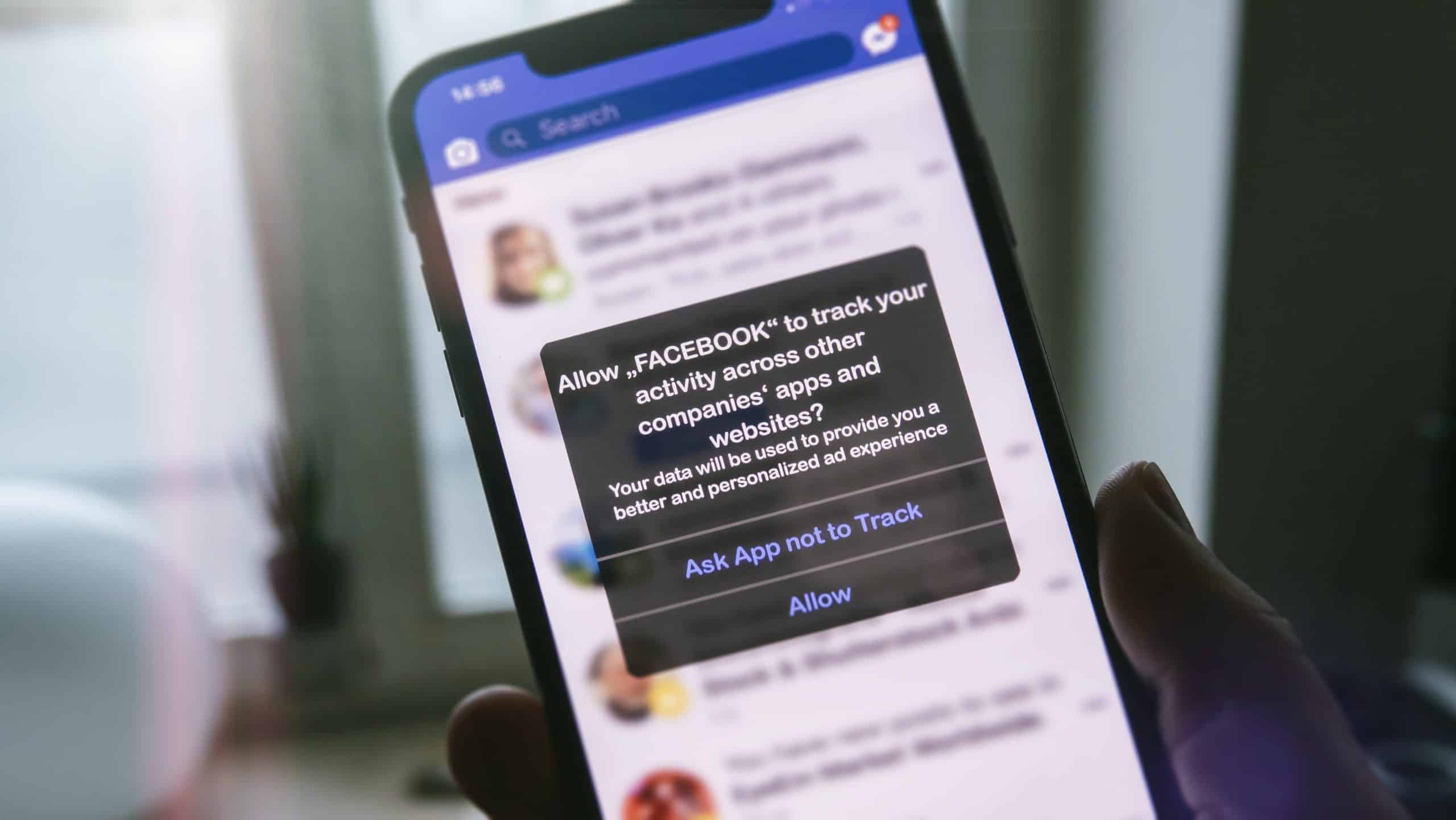
In terms of security, the desire for tip-top protection is spurred by the growing rate of internet fraud and the increasing mistrust of big-players in the world of data, such as Meta. This mistrust can often be attributed to scandals such as the Cambridge Analytica Facebook scandal.
Check Point, a leading IT, mobile and data security company, released its State of Mobile Security report in which it recorded that around 46% of organizations had at least one employee who downloaded a malicious mobile app. As a result, businesses are leaning more and more on cybersecurity to protect themselves, especially as their employees are increasingly using their phones for work purposes. A malicious mobile app could lead to compromised business information, which is terrible news for businesses.
Data leaks are considered serious offences these days, given that data is our biggest asset. Privacy matters, so you need to secure it. Information privacy laws exist for a reason and you don’t want your app to be caught in breach of them.
When it comes to apps, Apple and Google rule the way. Both companies have released a string of new privacy regulations and it is absolutely essential that apps stay on top of these. They are constantly evolving so don’t let it slip.
If there’s one trend to pay closest attention to out of this whole list, privacy and security is definitely up there.
Wearables
Wearable tech is all the rage, right? So why not adapt your app to the wearable market? If it’s relevant to your app and you’re not hopping onto this trend, you’re missing out on a whole group of potential users that could help you hit your KPIs. According to Statista, in 2022 there will be 1.1 billion connected wearable devices. It’s all part of the general steering towards more accessibility; it can’t get more accessible than a piece of tech that you wear. The most common action taking place on wearable devices is the checking of notifications and messages.
In 2021, Apple released its WatchOS 8 update with a whole host of new features and a new interface. Google also brought to market a unified wearables platform. Both launches symbolize the rising prominence of wearable tech.
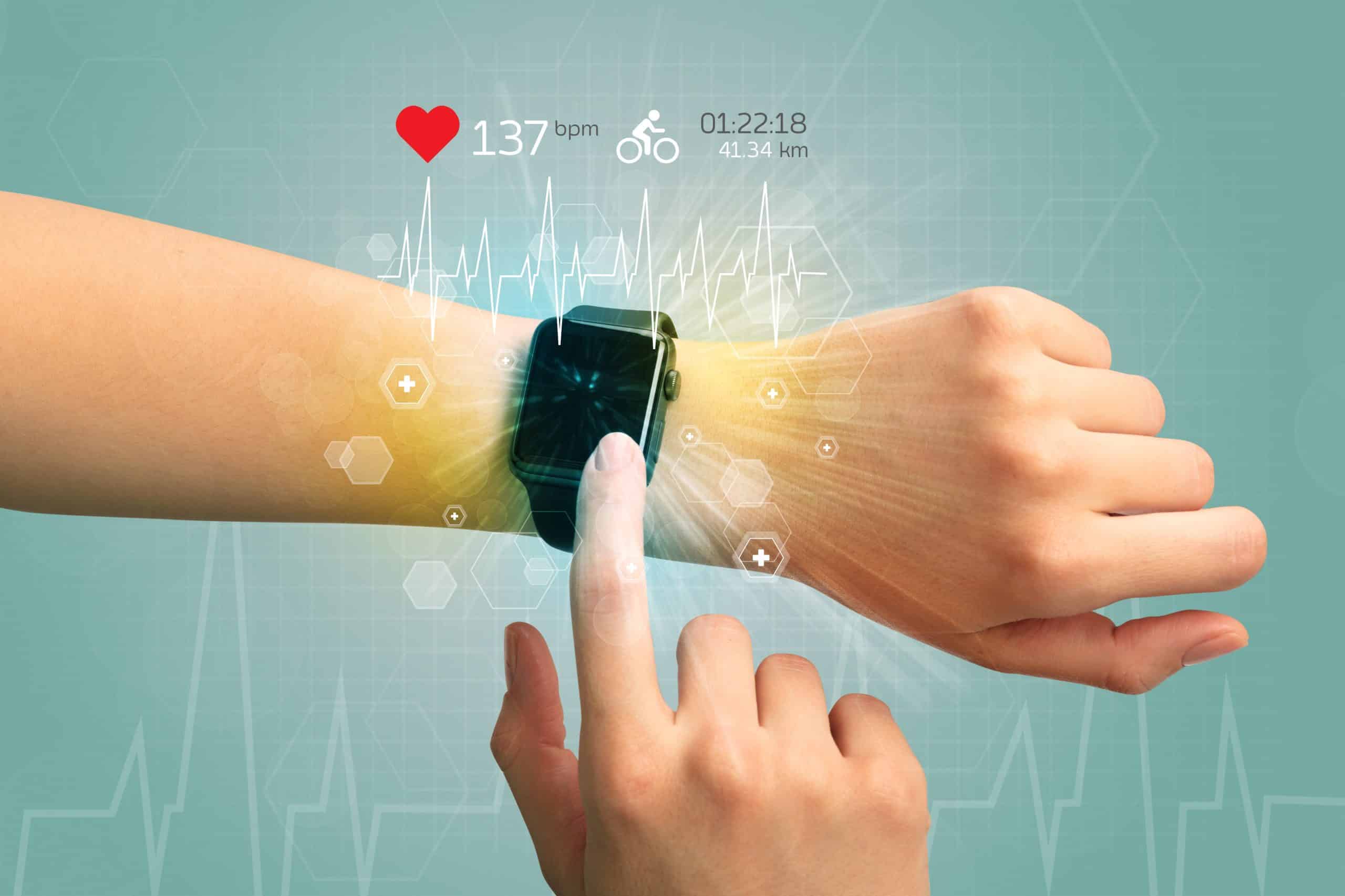
So what apps should be adapted to wearable devices?
- Messaging and communication apps
- Social media apps
- Fitness apps
- Tracking apps
- Music apps
- Health apps
- Safety apps
- Productivity apps
- Navigation apps
- Sleep apps
- Mindfulness apps
As you can see, the variety of app categories that should be entering into the wearables market are broad. Perhaps you thought this wasn’t the route your app should go down, but there is so much value lying in this industry given how many more people are buying and wearing the devices. When entering into this market, providing a seamless user experience is crucial. It’s a sure fire way to beat your competitors out of the park if you hop on this trend before them.
According to App Annie’s State of Apps report, more people will be using wearable devices for health management, diagnosis, and treatment in 2022. In 2021, global Health & Fitness app downloads overtook pre-Covid levels as health and wellbeing has become an even bigger priority.
Are you in need of a Mobile Marketing Agency?
Our mobile marketing experts are here to help you achieve success.
FAQs
The latest app trends span multiple different categories from Food & Drink to Games and Mobile Commerce, and are propelled by the latest technological advancements including 5G, Augmented Reality (AR) / Virtual Reality (VR), Artificial Intelligence and wearable devices. Privacy and security are also a big focus in the app world currently.
Mobile games represented 15% of all 2021 new app releases and comprises most of the top grossing apps in 2021. Aside from that, Food & Drink apps and Mobile Commerce apps saw huge spikes, partly fuelled by the pandemic having caused consumers to stay indoors more and do their shopping online.




